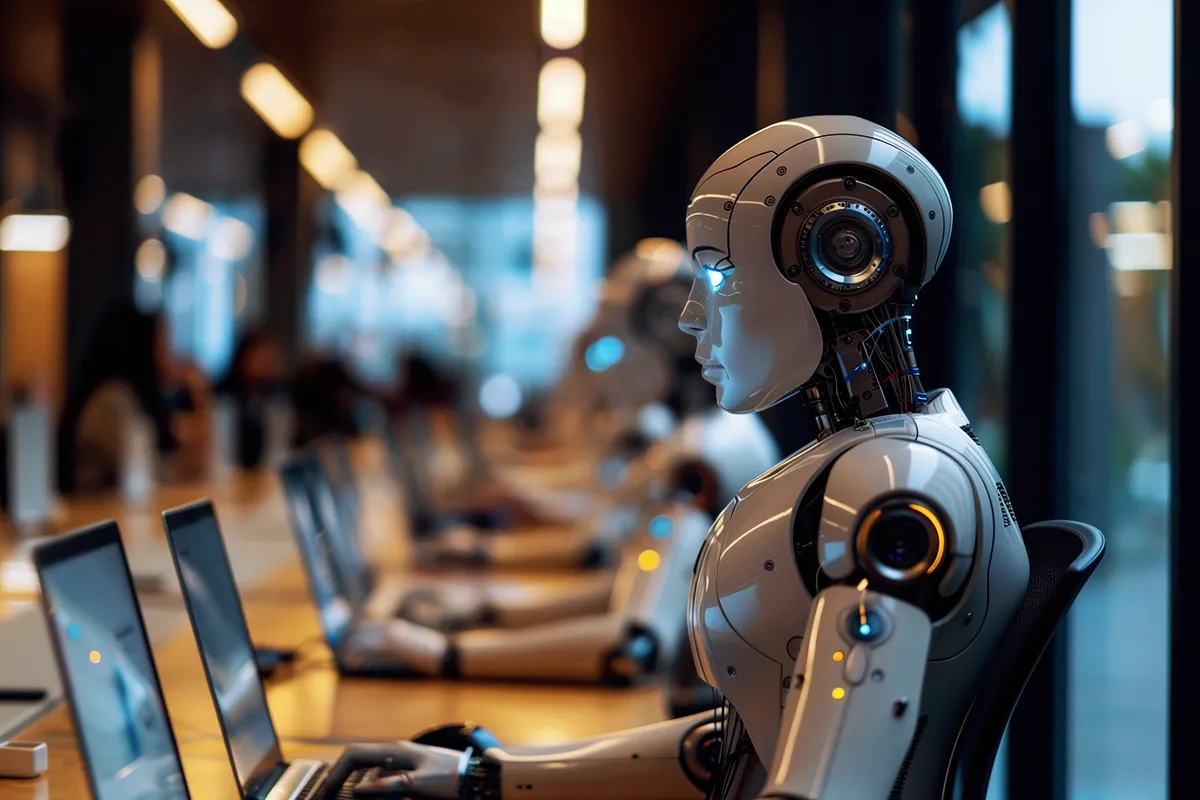Automation is gradually reshaping the economic landscape, with potential impacts on wealth distribution in the coming decades. As the automation wealth gap emerges, traditional workplaces are transforming. Factory floors that once required hundreds of workers now operate with minimal human presence. While corporate efficiency increases, communities face new economic challenges. This transition extends beyond manufacturing. As technology advances, both blue-collar and white-collar sectors may experience significant changes. Professional roles – from legal work to medical practice and software development – could see substantial transformation in the years ahead.
The optimists say we’ve been here before. The luddites feared mechanized looms, and we ended up with more jobs, not fewer. But this time feels different. The pace of change is exponentially faster, and the solutions we’re considering sound like science fiction. Universal Basic Income? Retraining programs for jobs that don’t exist yet? It’s like we’re trying to patch a spacecraft mid-flight.
Here’s the real problem: the benefits of this automation revolution aren’t being shared equally. The owners of the robots are racing ahead, while everyone else is left in the dust. It’s creating a wealth gap that’s not just economically unsustainable, but socially explosive.
In this article, I want to explore how we got here, where we’re headed, and what we can do about it. We’ll look at the numbers, hear from people on both sides of the digital divide, and examine some radical proposals for navigating this brave new world. Because if we don’t figure this out soon, we might find ourselves in a future where the American Dream is accessible only to those who own the algorithms.
Overview:
- Explores the growing wealth gap in the era of automation.
- Examines historical context and modern drivers of automation.
- Analyzes wealth distribution trends and economic polarization.
- Investigates job market transformation and emerging opportunities.
- Discusses societal impacts, including social mobility and mental health.
- Presents personal stories illustrating the human side of automation.
- Evaluates policy responses like Universal Basic Income and retraining initiatives.
- Predicts future trends in work and wealth distribution.






